Learning Walks: A guide for school leaders
Explore how Learning Walks support school improvement by focusing on student learning, collaboration, and reflective practice.


Explore how Learning Walks support school improvement by focusing on student learning, collaboration, and reflective practice.
A Learning Walk is a short, focused visit to a classroom. It shifts attention away from teacher performance and toward what really matters: how students are learning. Rather than a formal inspection, it is a chance to see how pupils engage with ideas and content.
When done well, Learning Walks spark professional conversations. Teachers can reflect on their choices and share what works. It is about understanding how thinking unfolds in real classrooms, not ticking boxes.
Traditional lesson observations can feel stressful. Teachers may feel they must stage a perfect lesson. A Learning Walk removes that pressure. It focuses on what learners are actually doing: how they work with concepts and engage with information.
One of the best parts is the chance for quick, grounded feedback. Teachers can have immediate professional conversations about what was noticed and what could be improved. It is a shared inquiry, not a performance review.
What matters most is whether children are grappling with ideas in meaningful ways. Are they making links and scaffolding learning? That is the real measure of classroom quality.
There is no substitute for being in the room. Watching how learning unfolds offers insights that no document can provide. For school leaders, Learning Walks help gather real data about what is working and where support is needed.
These short visits form the baseline for school development. They help teams understand current practice and build a picture of how teaching strategies play out. But the real power lies in the conversations they spark between teachers.
For teachers who observe, it is a chance to compare approaches and reflect on their own practice. The follow-up discussions are where professional growth happens. Teachers return with fresh ideas to try.
Key benefits include:
A Learning Walk is not about catching people out. It is about paying close attention to what is happening in the classroom. These short observations help leaders focus on specific elements of teaching and learning.
Leaders assess how lesson content matches . Key questions include:
This focuses on how students take part. Observers ask:
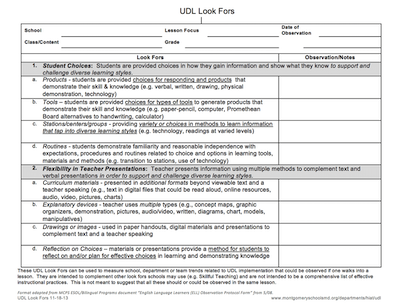
The physical layout matters for learning. Observers look at:
Lessons should have clear goals. Observers ask:
Observers gather evidence on how well students are progressing:
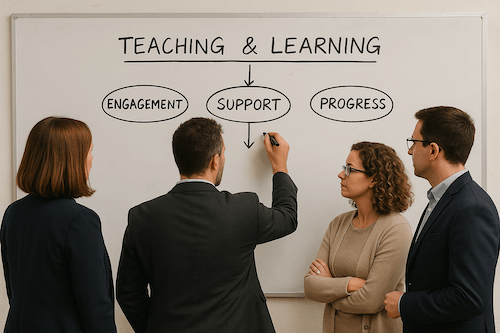
After the walk, observers discuss what they saw. This is key for . The focus is on growth, not evaluation.
Teachers reflect on their own practice:
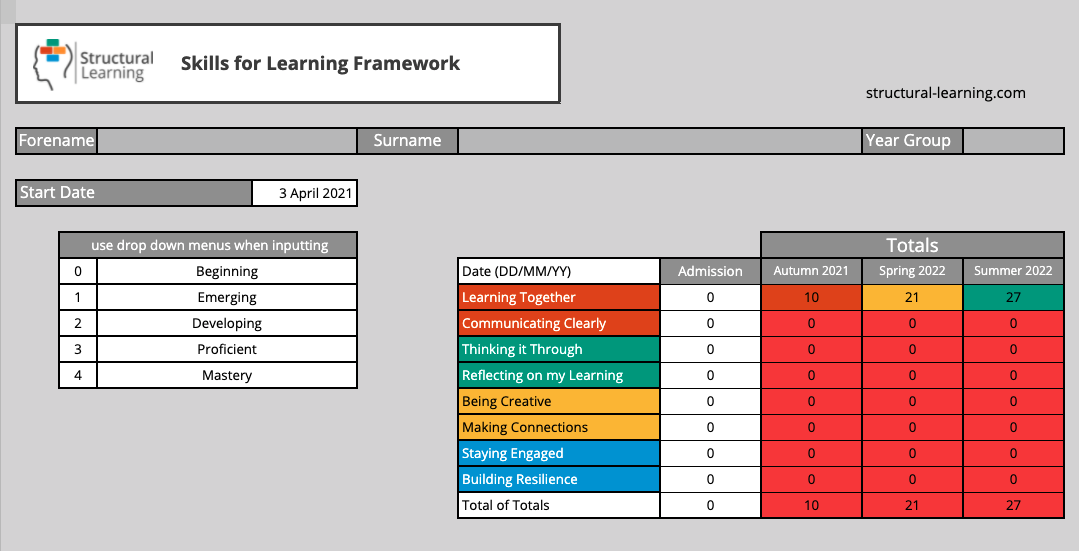
Student-centred Learning Walks shift focus from watching the teacher to understanding the student experience. Observers join students at their tables, ask questions, and gather real insights into how students experience lessons.
Simple questions can open up meaningful dialogue:
This approach helps ensure feedback is rooted in student voice. For teachers, it feels less like a spotlight and more like a mirror.
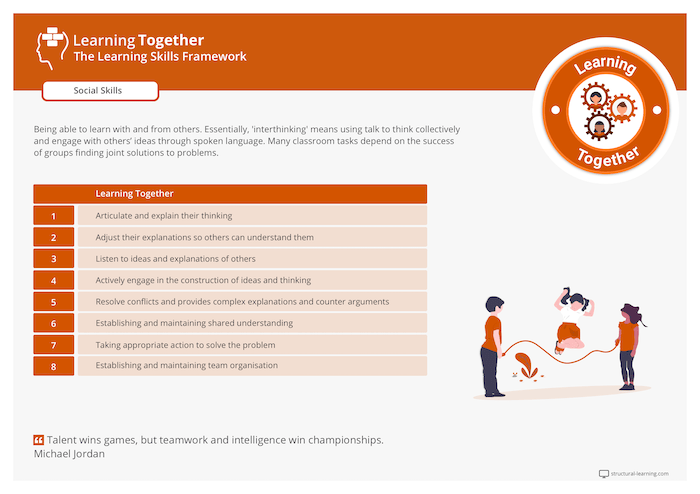
When done well, Learning Walks feel like opportunities, not inspections. Their purpose is to develop a shared understanding of what great learning looks like.
Rather than creating tension, they build a more collaborative, . Teachers share what works. These visits become a core part of school improvement.
Effective Learning Walks offer:
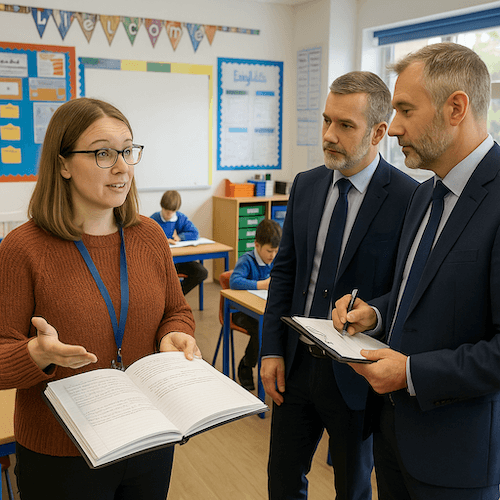
The second purpose works best when it supports a coaching model. As Tom Sherrington says: "The test of a healthy learning walk culture is that teachers want more of them, not fewer!"
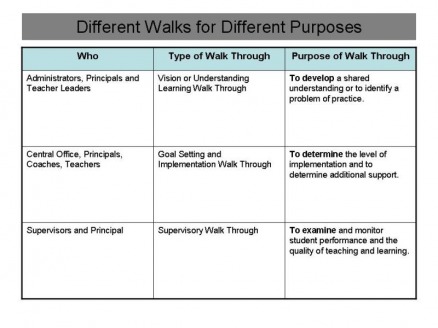
Ten minutes in a classroom gives plenty of information. Leaders can visit up to four lessons in an hour. No teacher should feel over-watched.
Regular Learning Walks are a useful strategy for gathering information. They should be seen as part of a learning process for the whole school.
There is no need for direct actions after a visit. Feedback can be shared at a later staff meeting. Some teachers may need specific support, but Learning Walks should stay separate from critical individual feedback.
Where a teacher already has a , it works best to feed information to them rather than giving feedback from multiple sources.
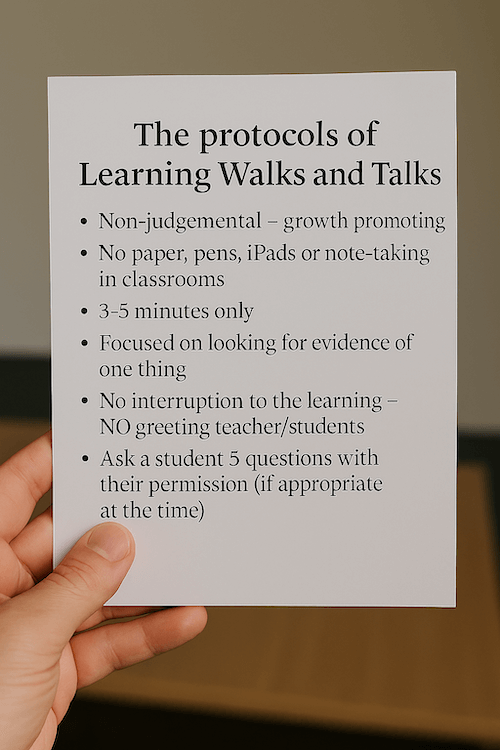
Ask these questions about what you see:
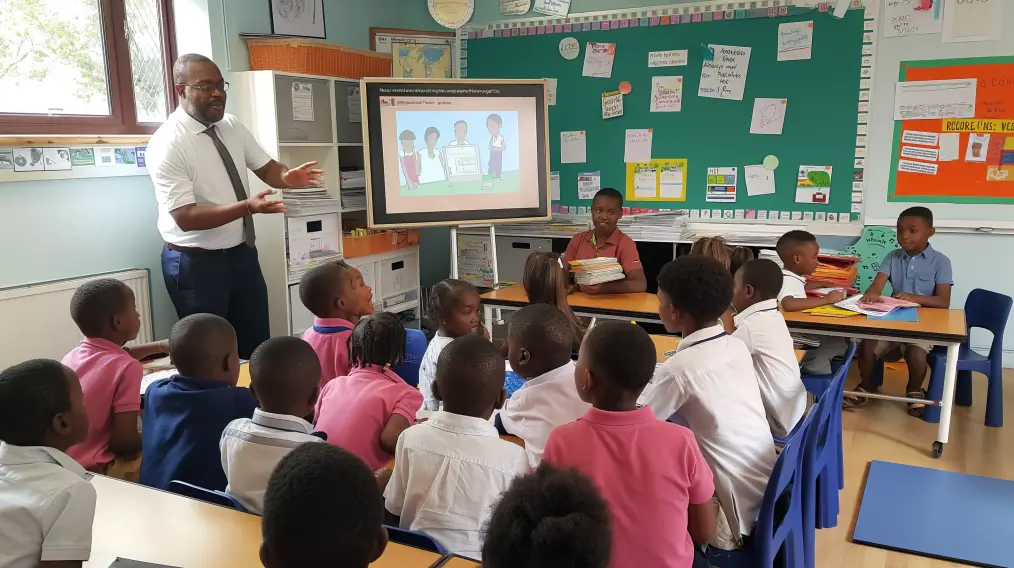
Jenny Short coaches leadership teams in schools around the UK. Sections of this article were taken from her Inspir.ed Leader handbook.
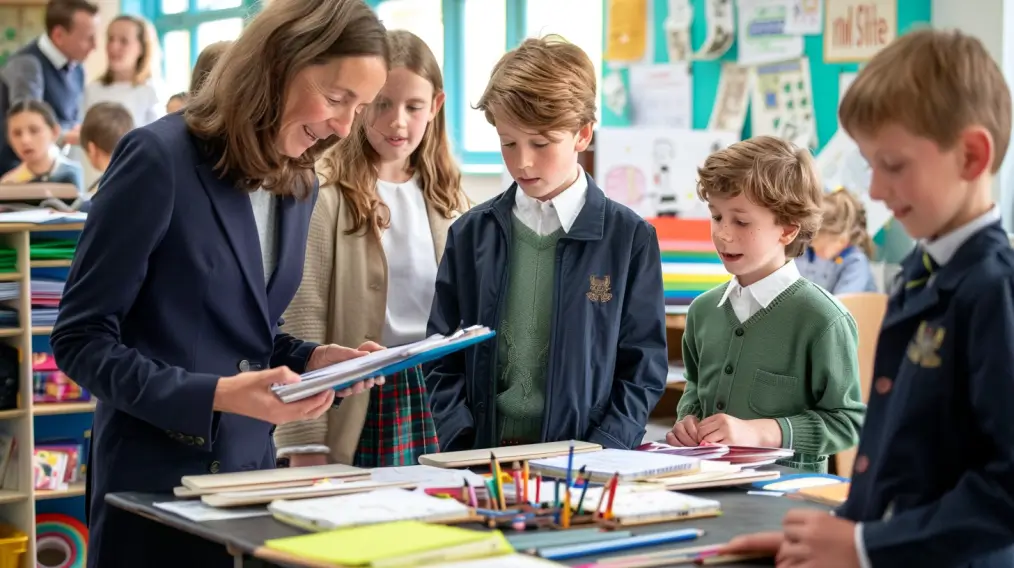
These studies show how Learning Walks can enhance teacher engagement and support school improvement:
1. Baker and King (2013): Participatory Learning Walks
Learning Walks encourage teacher reflection and promote collegial conversations. Australian Journal of Music Education.
2. Allen and Topolka-Jorissen (2014): Building Capacity
Collaborative walks help reduce teacher isolation and build a . Professional Development in Education.
3. Franklin-Phipps and Gleason (2019): Walking Methodologies
Walking methods help teachers reflect on teaching as a historically situated process. Journal of Public Pedagogies.
4. Downey (2010): Three-Minute Walk-Through
A reflective model emphasising inquiry over direct feedback. SAGE Publications.
5. Lemons and Helsing (2009): Visible Teaching and Learning
Learning Walks help teachers connect with classroom practices and boost pupil engagement. Phi Delta Kappan Magazine.
A Learning Walk is a short, focused visit to a classroom. It shifts attention away from teacher performance and toward what really matters: how students are learning. Rather than a formal inspection, it is a chance to see how pupils engage with ideas and content.
When done well, Learning Walks spark professional conversations. Teachers can reflect on their choices and share what works. It is about understanding how thinking unfolds in real classrooms, not ticking boxes.
Traditional lesson observations can feel stressful. Teachers may feel they must stage a perfect lesson. A Learning Walk removes that pressure. It focuses on what learners are actually doing: how they work with concepts and engage with information.
One of the best parts is the chance for quick, grounded feedback. Teachers can have immediate professional conversations about what was noticed and what could be improved. It is a shared inquiry, not a performance review.
What matters most is whether children are grappling with ideas in meaningful ways. Are they making links and scaffolding learning? That is the real measure of classroom quality.
There is no substitute for being in the room. Watching how learning unfolds offers insights that no document can provide. For school leaders, Learning Walks help gather real data about what is working and where support is needed.
These short visits form the baseline for school development. They help teams understand current practice and build a picture of how teaching strategies play out. But the real power lies in the conversations they spark between teachers.
For teachers who observe, it is a chance to compare approaches and reflect on their own practice. The follow-up discussions are where professional growth happens. Teachers return with fresh ideas to try.
Key benefits include:
A Learning Walk is not about catching people out. It is about paying close attention to what is happening in the classroom. These short observations help leaders focus on specific elements of teaching and learning.
Leaders assess how lesson content matches . Key questions include:
This focuses on how students take part. Observers ask:

The physical layout matters for learning. Observers look at:
Lessons should have clear goals. Observers ask:
Observers gather evidence on how well students are progressing:

After the walk, observers discuss what they saw. This is key for . The focus is on growth, not evaluation.
Teachers reflect on their own practice:

Student-centred Learning Walks shift focus from watching the teacher to understanding the student experience. Observers join students at their tables, ask questions, and gather real insights into how students experience lessons.
Simple questions can open up meaningful dialogue:
This approach helps ensure feedback is rooted in student voice. For teachers, it feels less like a spotlight and more like a mirror.

When done well, Learning Walks feel like opportunities, not inspections. Their purpose is to develop a shared understanding of what great learning looks like.
Rather than creating tension, they build a more collaborative, . Teachers share what works. These visits become a core part of school improvement.
Effective Learning Walks offer:

The second purpose works best when it supports a coaching model. As Tom Sherrington says: "The test of a healthy learning walk culture is that teachers want more of them, not fewer!"

Ten minutes in a classroom gives plenty of information. Leaders can visit up to four lessons in an hour. No teacher should feel over-watched.
Regular Learning Walks are a useful strategy for gathering information. They should be seen as part of a learning process for the whole school.
There is no need for direct actions after a visit. Feedback can be shared at a later staff meeting. Some teachers may need specific support, but Learning Walks should stay separate from critical individual feedback.
Where a teacher already has a , it works best to feed information to them rather than giving feedback from multiple sources.

Ask these questions about what you see:

Jenny Short coaches leadership teams in schools around the UK. Sections of this article were taken from her Inspir.ed Leader handbook.

These studies show how Learning Walks can enhance teacher engagement and support school improvement:
1. Baker and King (2013): Participatory Learning Walks
Learning Walks encourage teacher reflection and promote collegial conversations. Australian Journal of Music Education.
2. Allen and Topolka-Jorissen (2014): Building Capacity
Collaborative walks help reduce teacher isolation and build a . Professional Development in Education.
3. Franklin-Phipps and Gleason (2019): Walking Methodologies
Walking methods help teachers reflect on teaching as a historically situated process. Journal of Public Pedagogies.
4. Downey (2010): Three-Minute Walk-Through
A reflective model emphasising inquiry over direct feedback. SAGE Publications.
5. Lemons and Helsing (2009): Visible Teaching and Learning
Learning Walks help teachers connect with classroom practices and boost pupil engagement. Phi Delta Kappan Magazine.